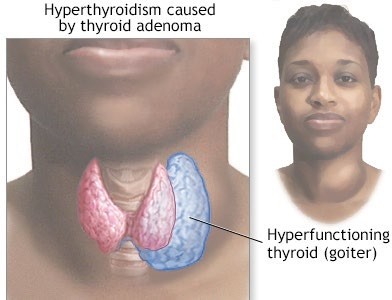14:20: 87-year-old client admitted to the ED from the independent living apartment with a new report of episodic acute confusion. urinary frequency and incontinence, and severe fatigue. The child states that the client is independent in ADCs and has no history of dementia.
15:30: Normal BMP and CBC results, except for WBCs of 16,000/mm3 (16 x 109 /L) with bands greater than 10%.
Based on the assessment findings presented which condition would the nurse suspect?
Diabetic ketoacidosis
Dehydration
Urinary tract infection
Hepatitis
The Correct Answer is C
Based on the assessment findings presented, the nurse would suspect a urinary tract infection (UTI). The client's symptoms of acute confusion, urinary frequency and incontinence, and elevated WBC count with bands suggest a possible infection. Dehydration or diabetic ketoacidosis could also cause confusion and fatigue, but these conditions are less likely given the normal BMP and CBC results.
Hepatitis would not typically present with these specific symptoms.
Nursing Test Bank
Naxlex Comprehensive Predictor Exams
Related Questions
Correct Answer is ["A","B","C"]
Explanation
b. Monitoring blood glucose levels: This is an essential nursing intervention as patients with Cushing syndrome are at risk for developing diabetes mellitus because of cortisol on glucose metabolism. The nurse should monitor the patient's blood glucose levels regularly and report any abnormal readings to the healthcare provider.
c. Protecting patients from exposure to infection: Patients with Cushing syndrome are also at risk for developing infections due to the immunosuppressive effects of cortisol. The nurse should take appropriate infection control measures, such as frequent handwashing, wearing gloves, and isolation precautions if necessary.
a. Observing for signs of hypotension: Although hypotension is not typically seen in patients with Cushing syndrome, it can occur in some cases due to the depletion of cortisol. The nurse should monitor the patient's blood pressure regularly and report any abnormal readings to the healthcare provider.
Correct Answer is ["A","B","E"]
Explanation
Answer c is incorrect because hyperthyroidism typically causes hypertension, not hypotension. Answer d is also incorrect because hyperthyroidism typically causes increased, not decreased, deep tendon reflexes. Answer f is incorrect because hyperthyroidism typically causes diarrhea, not constipation.

Whether you are a student looking to ace your exams or a practicing nurse seeking to enhance your expertise , our nursing education contents will empower you with the confidence and competence to make a difference in the lives of patients and become a respected leader in the healthcare field.
Visit Naxlex, invest in your future and unlock endless possibilities with our unparalleled nursing education contents today
Report Wrong Answer on the Current Question
Do you disagree with the answer? If yes, what is your expected answer? Explain.
Kindly be descriptive with the issue you are facing.
